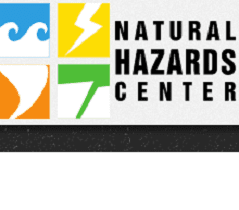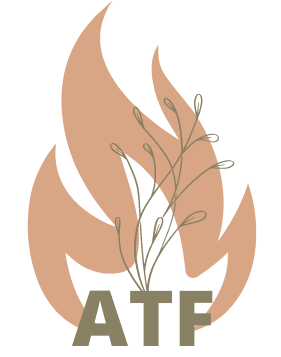Events
Data and communications: Utilizing innovative tools to communicate climate impacts
Webinar recording. Description: Climate change is not just a global issue, but a local and regional reality. Action is needed at all levels, and the integration of landscape conservation strategies and the natural solutions the landscape conservation community can implement at scale must be considered and supported as part of the climate solution to mitigate…
Natural Hazards Research and Applications Workshop
Workshop website. About the Workshop: Since 1975, the Natural Hazards Center has hosted the Annual Natural Hazards Research and Applications Workshop in Colorado. Today the Workshop brings together federal, state, and local mitigation and emergency management officials and planning professionals; representatives of nonprofit, private sector, and humanitarian organizations; hazards and disaster researchers; and others dedicated…
California Fire Return Interval Departure database: What it is and how to use it
Webinar recording. FRID statistics have been used for decades to help managers and scientists understand the ecological consequences of changing fire frequencies. The Forest Service Region 5 Ecology Program worked with UC-Davis to build a spatial FRID data layer that compiles information about fire return intervals for major vegetation types on the 18 National Forests…
Increasing post-wildfire planted seedling survival: From experimental plantings to reforestation planning
Webinar recording. This presentation examines how post-fire planting success is influenced by climatic, microclimatic, topographic, and biotic factors. Multiple seedling planting experiments across northern New Mexico were evaluated using seedling monitoring, remote sensing, drone, and microclimate data. The results show tree seedling survival in high severity burn patches is largely determined by microclimatic refugia formed…
Fire, flood, and mud: Assessing postfire debris-flow hazards across the western US
Webinar registration. Parts of the western U.S., like southern California and Colorado, have a history of damaging debris flows after wildfire. Other regions are facing new postfire risks due to expanded wildfire activity. After a wildfire, emergency managers need rapid answers to the questions: Where in the burn area are debris flows likely? How much…
Native seeds: Supplying restoration- A nine-part video series
View videos. Native Seeds: Supplying Restoration is a nine-part video series that explores the native seed supply chain in the western United States. Filmed over four seasons, this series weaves together footage of seed collectors, farmers, researchers, and land managers working to scale up the supply of native seeds to meet the growing restoration demand.…
Evolution of fire management and the role of knowledge
View video. The story of how fire managers slowed a fire and benefited the ecosystem. This was accomplished thanks to previous fires that were managed for resource benefit. This is the story of the 2021 Rafael Fire that started just 20 miles outside of Flagstaff, AZ. On day 2 the fire ran 12 miles towards…
Wildfire Crisis Strategy seminar series
Access the webinar series. The Yellowstone fires of 1988 are considered an early fire event signaling the rise of the wildfire crisis we are experiencing today. After building for decades, the crisis erupted in the 2000s as wildfires destroyed lives, homes, and communities on a rising scale. The national response, though initially swift, has not…
Time to restore: Connecting people, plants, and pollinators
View webinar recording. The South Central Climate Adaptation Science Center (SC CASC) highlighted one of their funded projects, Time to Restore: Connecting People, Plants, and Pollinators, through the webinar series - The Southern Plains Climate Science Webinar Series. Watch to learn how this project involves the pollinator restoration community through the entire process to assist…
It’s just weird: Reading the Tea Leaves S4, E3
View video. It's been a weird year so far. The west experienced an exceptionally cool and moist spring, especially in the southern extent of the region. Combined with above average snowpack, fuels stayed moist, and the fire season has had a very slow start. In fact, June saw the lowest area burned since 2000, but…




